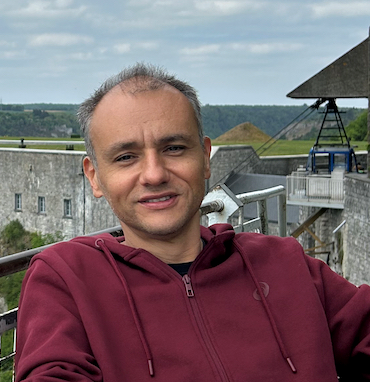Seyed Mohammad Taghavii

Prêmio Melhor Trabalho em nível de Pós-graduação da SBR – Edital 2025
May 26, 2025
Cássio Machiaveli Oishi
August 8, 2025Displacement flows of viscoplastic fluids: challenging interfaces and complex interfacial dynamics
Department of Chemical Engineering, Université Laval, Quebec, QC, Canada G1V 0A6
Displacement flows involving viscoplastic fluids arise in numerous natural and industrial contexts, from oil well cementing to environmental and biomedical systems. These flows are governed by a delicate balance between imposed forcing, buoyancy, rheology, and geometry, often leading to complex interfacial structures and flow regimes that challenge conventional understanding. In this talk, we present a comprehensive exploration of viscoplastic displacement flows, focusing on recent experimental and theoretical advances developed by our group. Using a combination of imaging, velocimetry, numerical simulations and semi-analytical models, we characterize flow transitions in both miscible and immiscible configurations, ranging from inertial injection to interfacial arrest. Particular attention is devoted to the role of yield stress in shaping flow regimes such as core-annular displacement, coiling, breakup, buckling, and flow stoppage. We demonstrate how key dimensionless groups, including the Bingham, Reynolds, Froude, and buoyancy numbers, govern the flow regimes and the emergence of static residual layers. Beyond classical vertical flows, we also discuss the influence of geometry and external forcing, such as pipe rotation, inclination and reciprocation, in altering displacement efficiency.



